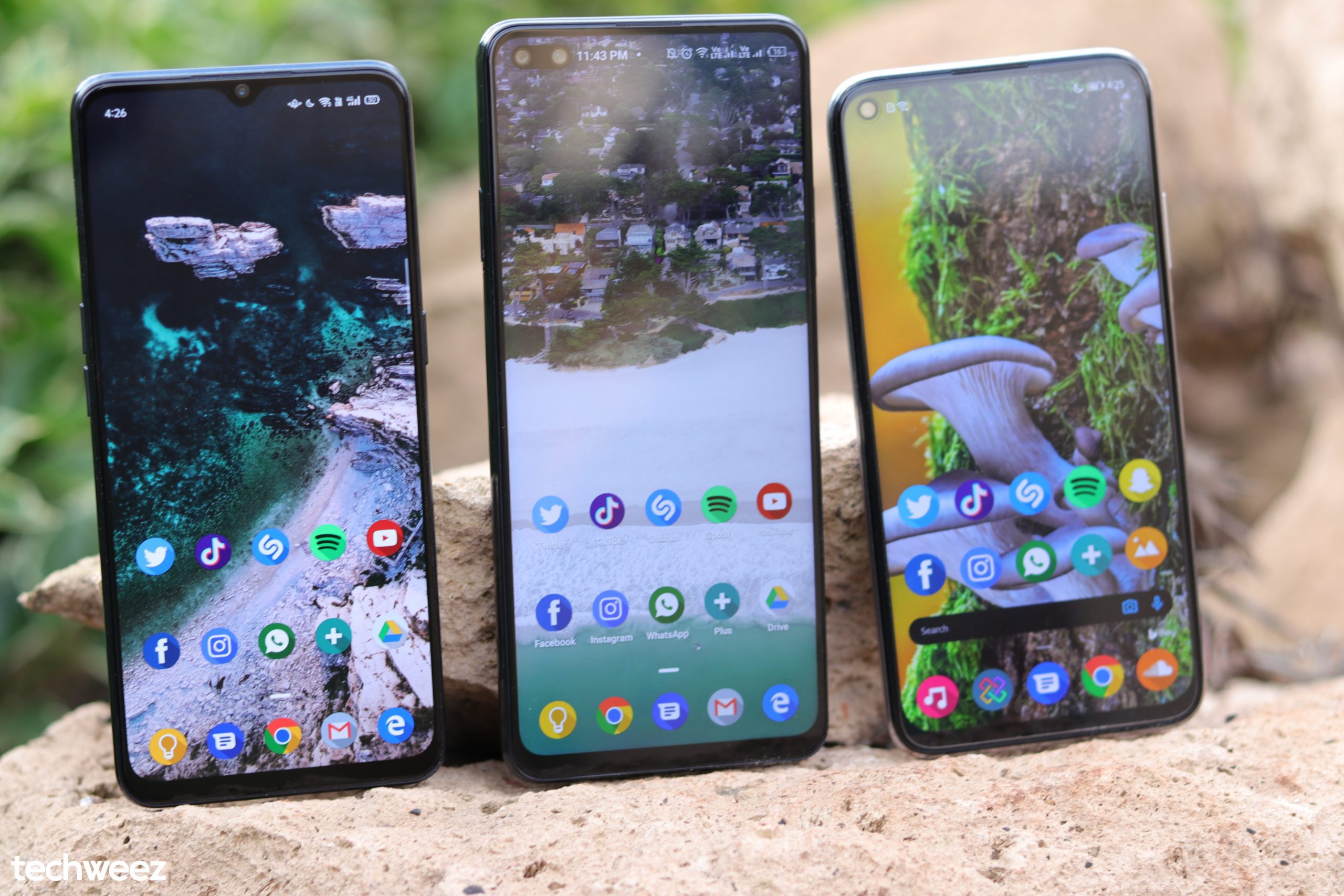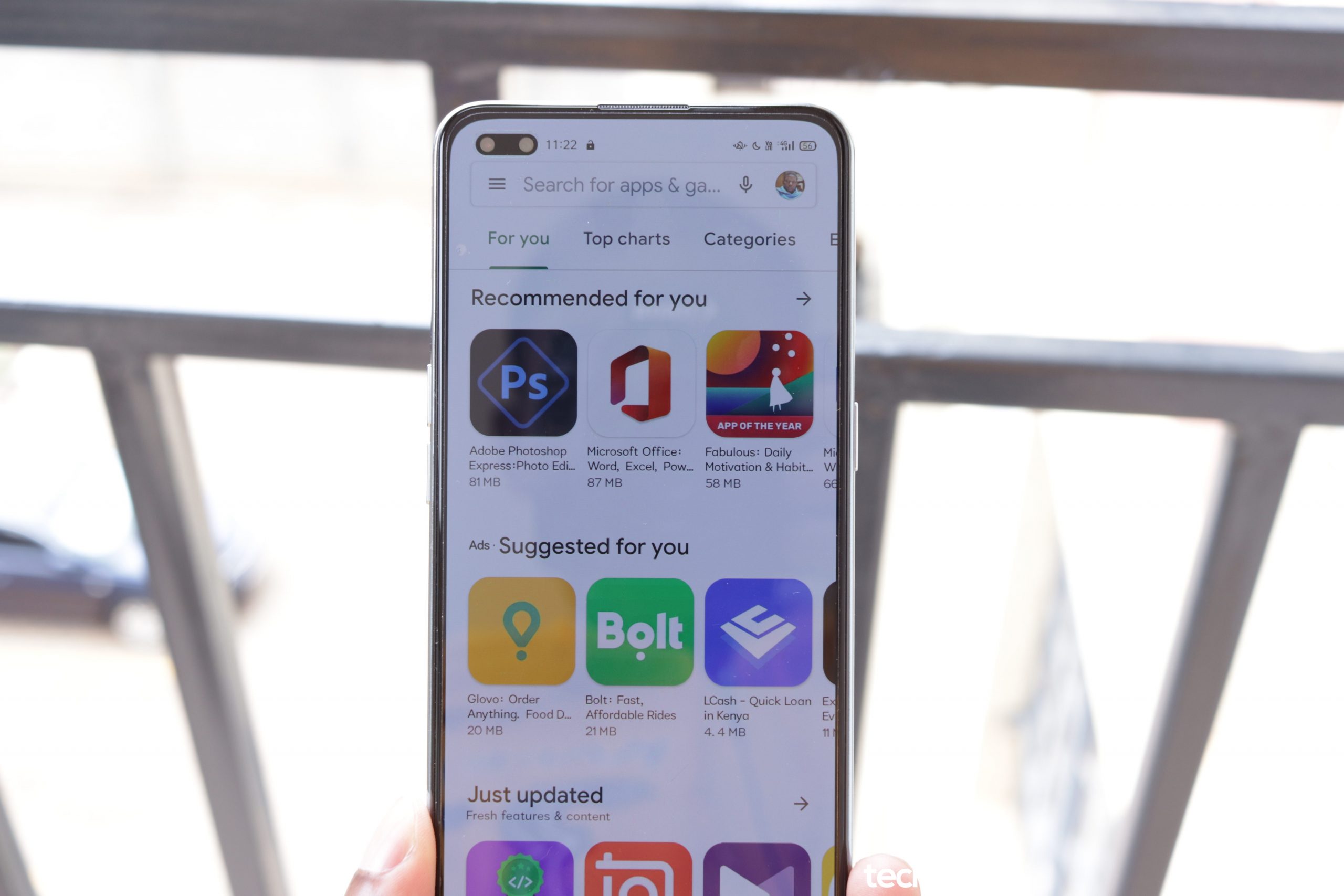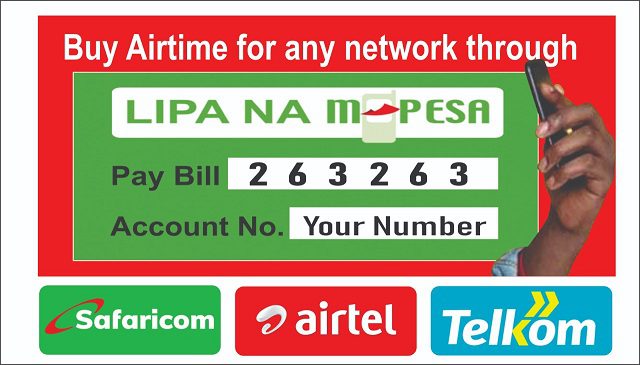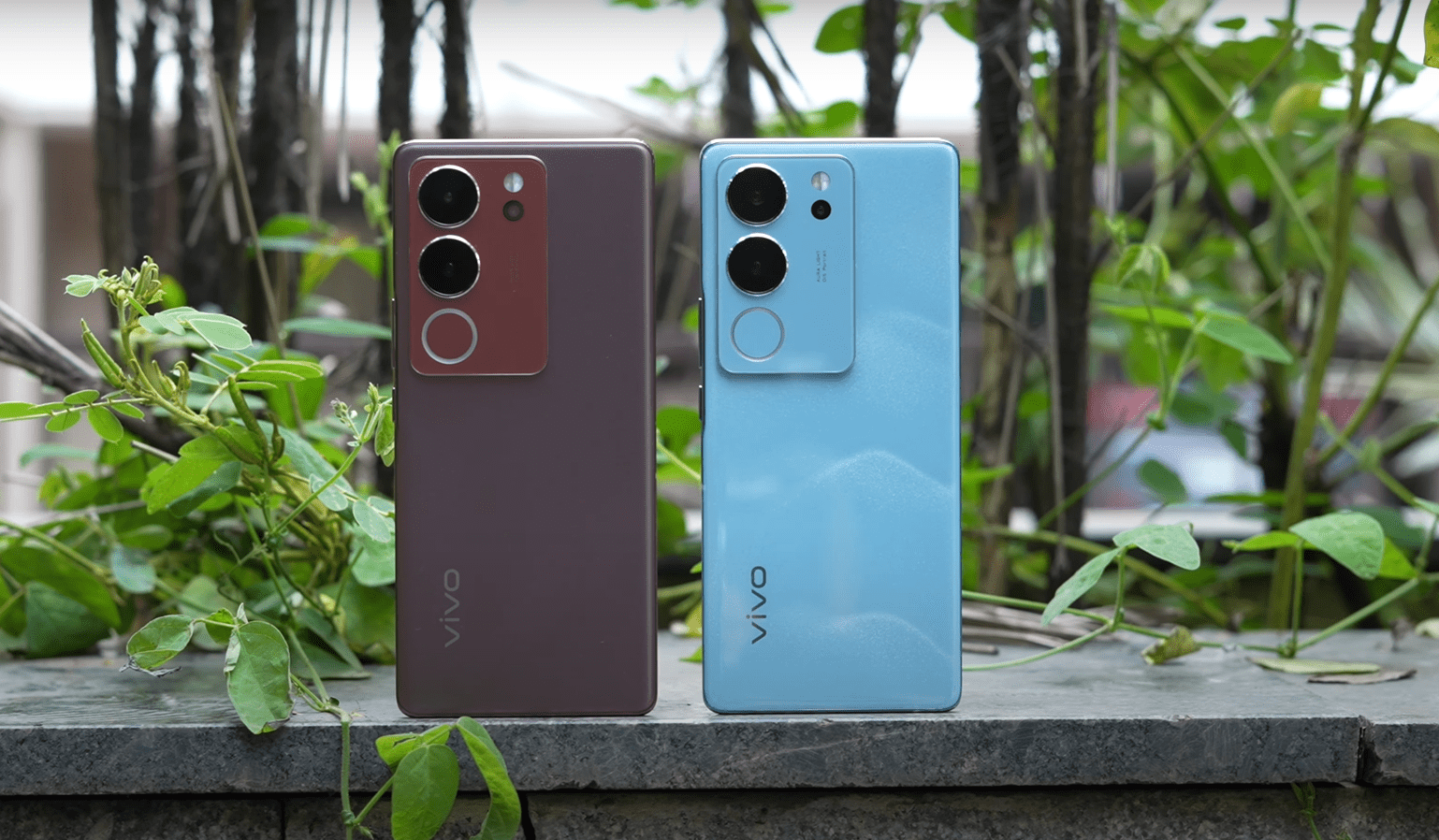
Mobile payments have scaled quite well in Kenya, I will list Mpesa and all it’s babies, the Kopokopos and Pesapals of this country. These are products that rely on the user will and agent agreements.
A need and a revenue for each respectively.
The convenience that comes with mobile money is appreciated widely, this ranges from being able to make withdrawals from ATMs, make alcohol, fuel and supermarket payments, settle domestic bills and quite recently we saw a deal signed between Safaricom and State law Office that will see the ability of services in that office like company registrations and search to be paid for via mobile money.
There are plenty of businesses that are run on mobile money, quite successfully.
What ails the transport sector?
I’d say it’s the same mobility. Mobility is the maker and is also the destroyer of mobile payments. For those that rely on the phone and have the user looking for options of convenience, being mobile is the maker, but where it’s NFC cards that require the user to check where the card is accepted, being mobile is the destroyer.
How does this happen?
NFC payments implementation in Kenya is not phone to POS (Point of Sale) it’s phone and card. RFID tagged cards have been working in offices for the longest time for employee checkin, but this is a lesser technology than NFC. These work well because the reader is at a fixed position, the proprietor wants you to use it and you have to, no way around it.
NFC cards on the other hand, saw their light of the day in Kenya in the public service sector where they were dependent on bus conductors to have them always. These are prone to suffer from several factors for their success to be realized.
- Sabotage from the conductors: This is the most prevalent problem the cards business face. The conductors might want to have the day’s revenues unrecorded and have some loose cash to themselves at the end of the day. The card won’t allow that and they are bound to sabotage it. This gets worse by the fact that some of buses are run by SACCOs but have separate owners. Each owner with their set of rules and different level of strictness.
- User errors: Training on use of the smartphones that are used by the conductors for use as NFC readers might not be sufficient, or some might not be keen to learn (again something about sabotage) and this results in failed devices.
- Hardware support: Devices that are mobile are bound to be spoilt, human nature. Point of sales devices are fixed, and wear and tear is limited, however the smartphone is bound to be more exposed to damage.
- Flexibility in device choice: You realize in other markets where NFC is used to pay, users have more options beyond cards, they have smartphone applications, so one size fits all. We would need more developers to work on NFC apps for the business to scale.
Conclusion
I feel this can be made easier when the payments reader is a fixed device from within the bus or shop and you have an option to tag your card or smartphone to make payments. Teething problems also include the fact that only one sector, the transport sector in one city that has implemented it, more players across the industry need to take this up, it’s a good solution that is quite scalable. With more players would come scale and more acceptance.
Ofcourse this would need to be accompanied by more security, beyond user and pin to finger-print, face recognition and eye recognition.



















